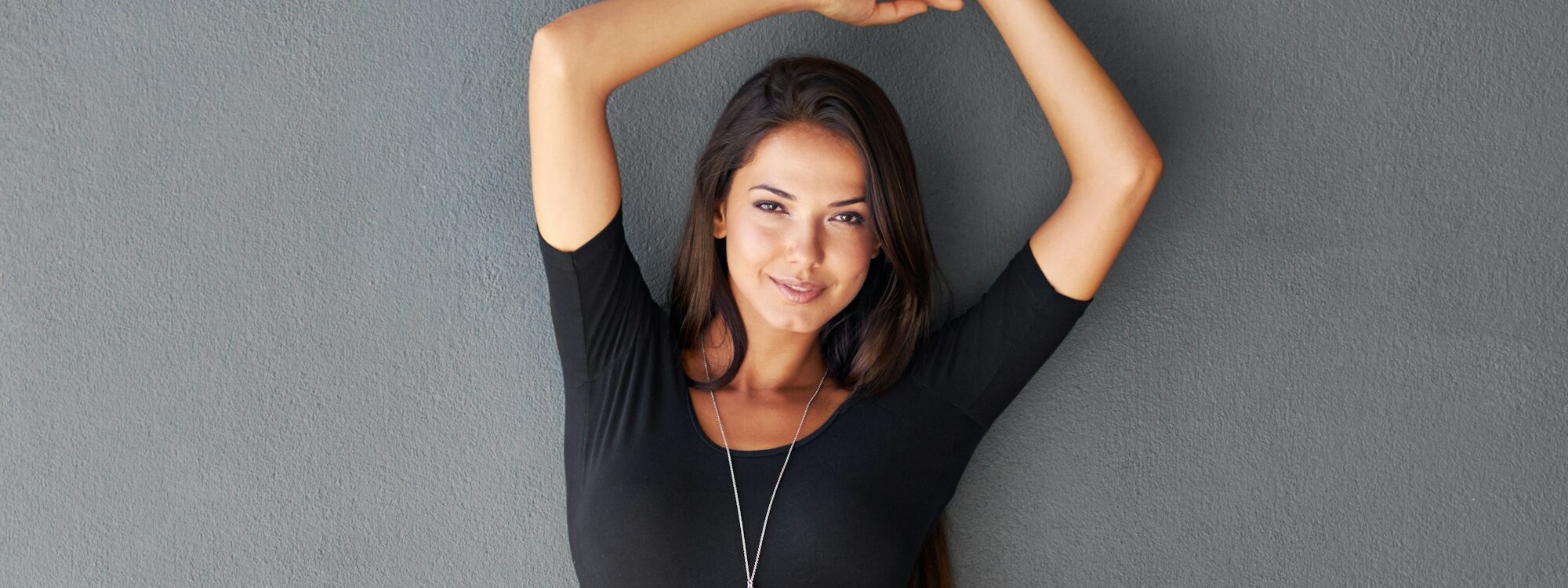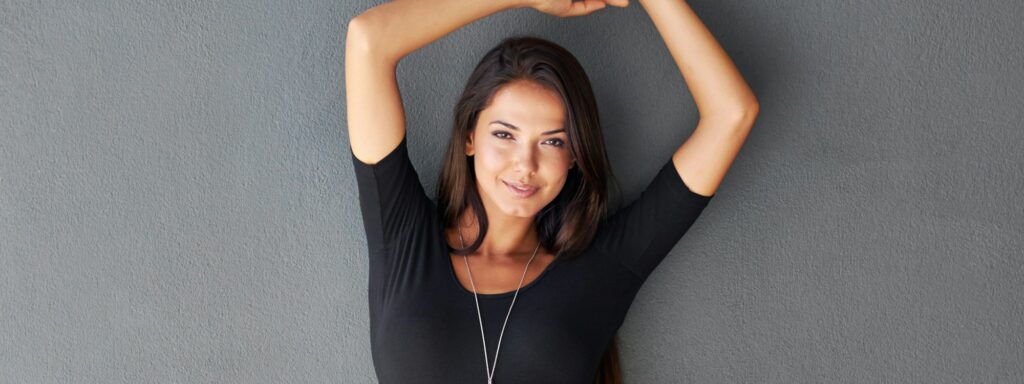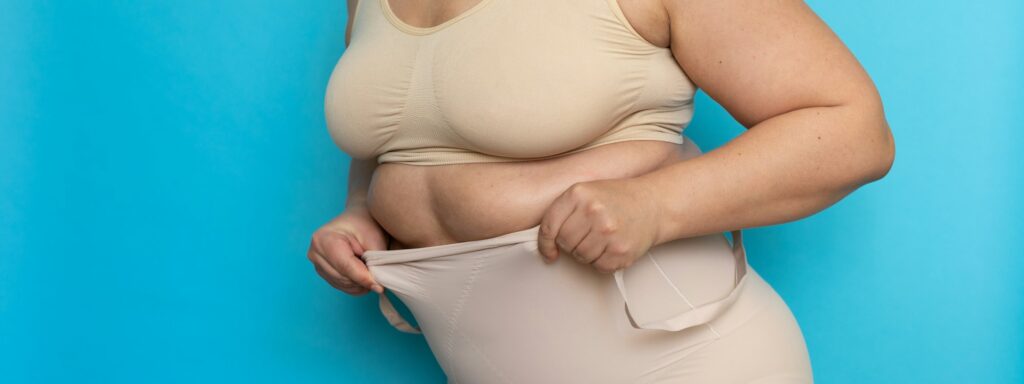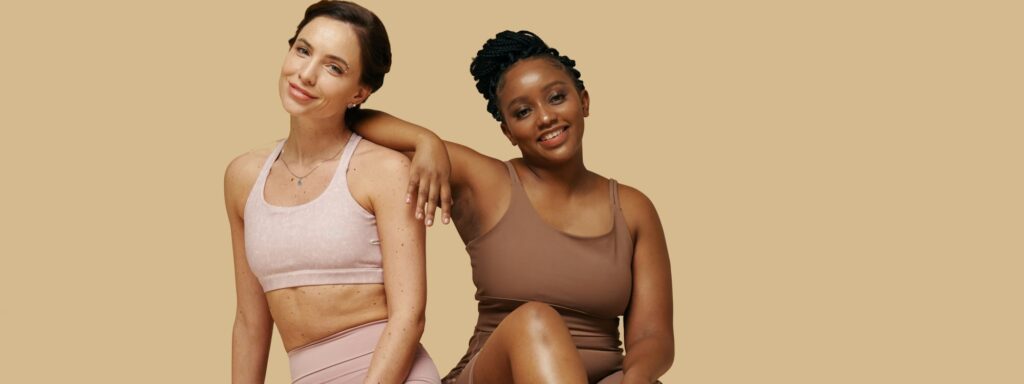Understanding Shapewear: A Brief Overview
Shapewear is a type of undergarment designed to shape and contour the body, helping wearers achieve a more streamlined silhouette. Generally created from a blend of materials, such as nylon, spandex, and elastane, shapewear is engineered to provide varying levels of compression that can enhance curves and smooth out body lines. This compression can help lift and sculpt specific areas, including the abdomen, waist, hips, and thighs, enhancing the overall appearance of the silhouette.
The construction of shapewear often includes strategic design features such as graduated compression, which allows for tighter fit in certain areas while maintaining comfort and movement. Many garments incorporate features such as reinforced panels, seamless edges, and targeted compression zones that work in tandem to sculpt the body without sacrificing comfort. The technology behind these garments has evolved considerably, leading to innovations such as moisture-wicking fabrics and flexible boning, which provide support while allowing freedom of movement.
Various types of shapewear are available on the market, catering to different body types and styling needs. From high-waisted shorts and bodysuits to tummy control leggings and waist cinchers, there are products tailored for every occasion and look. Each style is specifically designed with certain features in mind; for example, bodysuits often provide full coverage for a seamless look, while high-waisted options focus on smoothing the waistline and enhancing the hip area.
Overall, shapewear serves as an essential tool for many who aim to enhance their curves and create a polished appearance in their attire. As consumers become increasingly aware of body positivity and self-expression through fashion, the role of shapewear in personal styling and comfort continues to be relevant and significant.
The Science Behind Shapewear and Body Contouring
Shapewear operates on principles of compression and body contouring, ultimately aiming to enhance the natural curves of various body types. By using strategically placed elastic materials, shapewear applies compression to different areas of the body. This pressure effectively redistributes body fat and smooths out any irregularities. Compression garments are designed to create a more streamlined silhouette; they work by providing support to key areas such as the waist, hips, and thighs, which can greatly influence one’s overall appearance.
The science behind this enhancement is not merely mechanical, but also physiological. When wearing shapewear, the compression can temporarily change the way that body fat is distributed. This redistribution offers the illusion of a more toned and defined shape. For many individuals, this can lead to an enhanced self-image, as the wearable technology accentuates their natural body lines and creates a sleek appearance. Research shows that individuals who wear shapewear often report feeling more confident and secure in their appearance, which can positively impact their body image and overall self-esteem.
In addition to physical enhancement, shapewear plays a psychological role by providing the wearer with instant gratification in their appearance. The ability to sculpt one’s body can lead to a boost in confidence, often encouraging people to wear outfits they might otherwise avoid. Overall, the utilization of shapewear serves not only to enhance physical contours but also to provide emotional support, empowering wearers through improved body image and self-assuredness. Ultimately, the fusion of science and body contouring in shapewear has revolutionized how individuals perceive themselves and their bodies.
Different Types of Shapewear for Curve Enhancement
Shapewear has become an essential element in many wardrobes, acting as a tool to enhance curves and provide support. Various types of shapewear cater to different body shapes and clothing styles, allowing individuals to select options that align with their personal preferences and desired outcomes. Three popular types of shapewear include waist trainers, bodysuits, and high-waisted shapers.
Waist trainers are designed to create an hourglass silhouette by cinching the waist and providing support to the abdomen. Fashioned typically from durable materials, they can be worn discreetly under clothing or during workouts. Ideal occasions for donning waist trainers include special events like weddings or parties, where an enhanced waistline can be showcased. However, it is crucial to ensure proper sizing to avoid discomfort and maintain healthy posture.
Bodysuits are another versatile option that offers full coverage from the bust to the hips. They can smooth out the entire midsection while accentuating curves. Bodysuits are suitable for both everyday wear and special occasions, pairing seamlessly with skirts or pants. Various designs exist to accommodate different chest sizes and styles, allowing seamless integration into a wide range of outfits.
High-waisted shapewear is specifically designed to target the tummy area while lifting the hips, enhancing the natural curves of the body. This type is particularly beneficial for those who prefer wearing fitted dresses or high-waisted skirts. It lays the foundation for flattering silhouettes, ensuring that any outfit looks its best.
When selecting the right shapewear, it is advisable to consider factors such as comfort, size, and the specific body shape. Each shapewear type offers distinct advantages; therefore, understanding individual needs is essential for achieving optimal results.
Styling Tips: Maximizing Your Curves with Shapewear
Incorporating shapewear into your wardrobe can significantly enhance your curves, allowing you to achieve the desired silhouette. To maximize the benefits of shapewear, understanding how to pair it with various clothing styles is crucial. For individuals looking to accentuate their waist, high-waisted shapewear can be seamlessly integrated with form-fitting dresses and skirts. This combination creates an hourglass figure, drawing attention to the waist while smoothing out any unwanted lines.
Layering techniques also play a vital role in utilizing shapewear effectively. For example, lightweight shapewear can be worn under blouses or dresses, providing a smooth foundation without adding bulk. Opt for seamless styles that align with the contours of your body, ensuring your outerwear flows freely over the shapewear. When selecting outerwear, consider structured garments like blazers or tailored coats, which can complement your curves while maintaining a polished look.
Additionally, choosing the right shapewear is essential for comfort and confidence. Avoid overly restrictive options; instead, look for pieces made from breathable materials that offer compression where needed without sacrificing comfort. Consider your outfit carefully to select shapewear that matches your wardrobe’s color palette and style. Remember, the goal is to create a cohesive, flattering appearance.
Certain common mistakes can undermine the effectiveness of shapewear. For instance, wearing shapewear that is too small can lead to discomfort and visible lines, detracting from the smooth look you aim to achieve. Always ensure a proper fit that allows for freedom of movement. Finally, avoid overly tight clothing that may negate the advantages of shapewear. By following these tips, you can confidently step out in shapewear that enhances your curves and showcases your unique style.




